Tim Whewell
BBC News
Reporting fromHoms, Syria

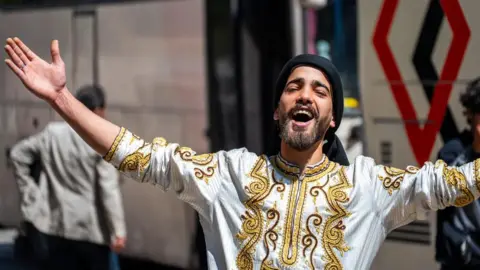 BBC
BBC
To the blast of a trumpet and the beating of drums, Fatima Hazzouri has come home.
Thirteen years after civil war forced her to leave, she's back in her native city, Homs in Syria, blinking in the sunshine as she steps off a bus crammed with returning women and children, part of a long convoy of coaches and trucks.
In a central square, they're greeted ecstatically by musicians and dancers in embroidered silk shirts.


More than 100 displaced families spent more than eight hours on the road to return to Homs from the north

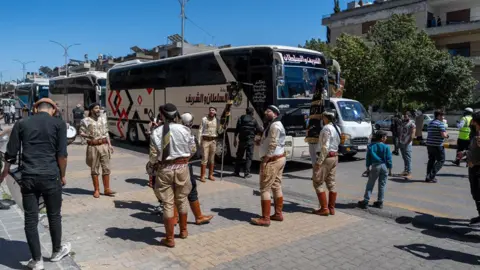
Buses bringing familes back to Homs were greeted by musicians and dancers
Fatima is one of the seven million Syrians who were displaced within their country by the conflict between the government of former President Bashar al-Assad and rebel forces. It began in 2011 and finally ended with a rebel victory in December 2024. A further six million people fled abroad in those years. In total, more than half the population was forced to move.
Bringing them back is perhaps the biggest challenge Syria now faces - because many no longer have a home to return to. But now, following President Donald Trump's decision to lift US sanctions on Syria, there's suddenly new hope that the shattered country can be rebuilt.

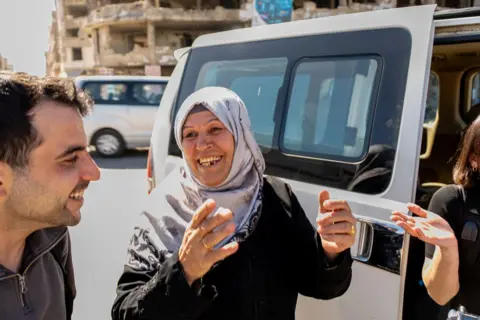
Fatima Hazzouri has returned to Homs after 13 years
"I'm overjoyed to be back," Fatima says. She shrieks in delight. The 124 families returning in the convoy have come from the north of Syria, where millions of displaced people live in tents and makeshift shelters. They've been on the road for eight exhausting hours - but it won't be an easy homecoming.
Homs, Syria's third largest city, saw some of the fiercest fighting of the war. Whole districts are still in ruins. In 2012, two rockets fired by government forces slammed into Fatima's house, largely destroying it.
Fatima jostles to get free food and clothing provided by the private Dubai-based charity Waqf al-Farah, which organised the convoy. Then she heads for the flat her family is renting until they can repair their old home. Like the other men in the convoy, her son-in-law Abdulrazaq has gone ahead, riding on top of the family's possessions piled high on a truck.
When Fatima arrives, mattresses, carpets, pots and pans are already being hauled through an upstairs window.


At Fatima's family's house only two rooms are habitable. She says building a new roof and tiling the floors will cost thousands of dollars
In the north, Fatima got occasional work picking grapes or olives. Abdulrazaq was a teacher. But he doesn't know whether he'll get work in Homs to help pay the rent for the flat.
"I don't know what our future will be," he says. "We'll wait for the new government to decide."
"The biggest problem we have is lack of jobs," says Khalifa al-Hakmi, who helped organise the convoy. "People have nothing to do when they come back."
Providing work is just part of the huge task faced by Syria's new rulers, the former Islamist rebel group, Hayat Tahrir al-Sham (HTS), as they try to rebuild the country.
Three million homes were destroyed. Essential services are lacking in many places. Homs, like most parts of Syria, gets only a few hours of electricity a day.
So far neither the government nor international agencies have put forward any comprehensive plan for resettling refugees. But the end of the crippling sanctions originally imposed on Syria by the US under the Assad regime means the country can again become part of the international banking system – and the economy can start to revive.


Carpenter Yasir al-Nagdali has replaced the windows and ceiling in the house he shares with his mother and pet bird
For now, though, returnees still have to fend for themselves. Yasir al-Nagdali and his mother Siham returned to Homs three years ago. Their house was a shell. But now they've replaced the windows and the ceiling and Yasir - a trained carpenter - has made their flat homely again.
There's even a canary in a cage. Keeping birds is Yasir's hobby. He can't forget how they escaped at the height of the battle for Homs. They crawled on their hands and knees as regime soldiers raked their street with machine-gun fire.
But Siham also remembers happier times in the house – such as when she got married at the age of 14. In those days, she says, there were belly-dancers at weddings – and she wore 12 different dresses, singing a song each time she changed.
For others in Homs, there's no happy return. Artist Samira Madwar sees no prospect of repairing the flat she grew up in. It was shelled, then burned, and looted by government forces.
Samira now lives on the outskirts of the city. She bursts into tears when she sees the state of her beloved old home. Amid the rubble and broken plaster littering the floor, she finds old family photographs – and the remains of a book she wrote, that falls apart when she picks up.
"In my brain, there is a hole," she says. "My paintings, my books – everything - they took it, and left us without a memory about our life."
Despite everything, Samira stayed in Syria throughout the war. But many of her friends left the country. One was Ammar Azzouz. He trained as an architect in Homs and now researches at the University of Oxford in the UK. He's overwhelmed with emotions after coming back to his city for the first time since 2011.
"I was aching for this day when I can walk the streets, touch the stones, meet the people, look at their faces, struggling to understand the scale of loss and grief," he says.
But like many other Syrians who've successfully started new lives abroad, he's thinking of dividing his time between his native and adopted countries, rather than returning permanently.
"Many people are describing it as the honeymoon period," Ammar says, talking about the first months after the fall of Assad.
"There's a new energy and excitement and hope and optimism. At the same time, the reality is harsh. But I think building bridges between those who are outside and inside would be fascinating, because they bring in new skills, opportunities, networks and knowledge that we need so much."

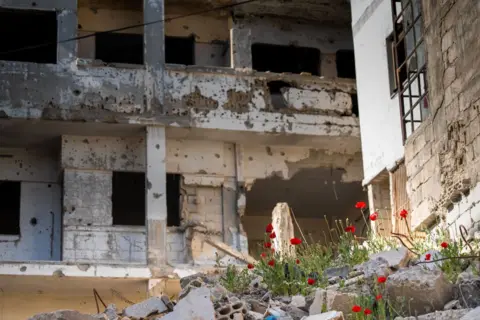
For some returning to Homs there is no prospect of repairing their homes
Rebuilding Syria will require all those things - and huge financial input. The United Nations estimates that 90 percent of Syrians now live below the poverty line – that's less than $2.15 USD a day.
After the family's belongings have been unloaded at their new, temporary home, Fatima goes back to visit her old house. Only two rooms are habitable, and two of her children are already living there. Just building a roof and tiling the floor would cost about $6-7,000 USD, she says. She can't imagine where such money would come from.
But today, after 13 years away, she just wants to celebrate.
.png)
 7 months ago
26
7 months ago
26
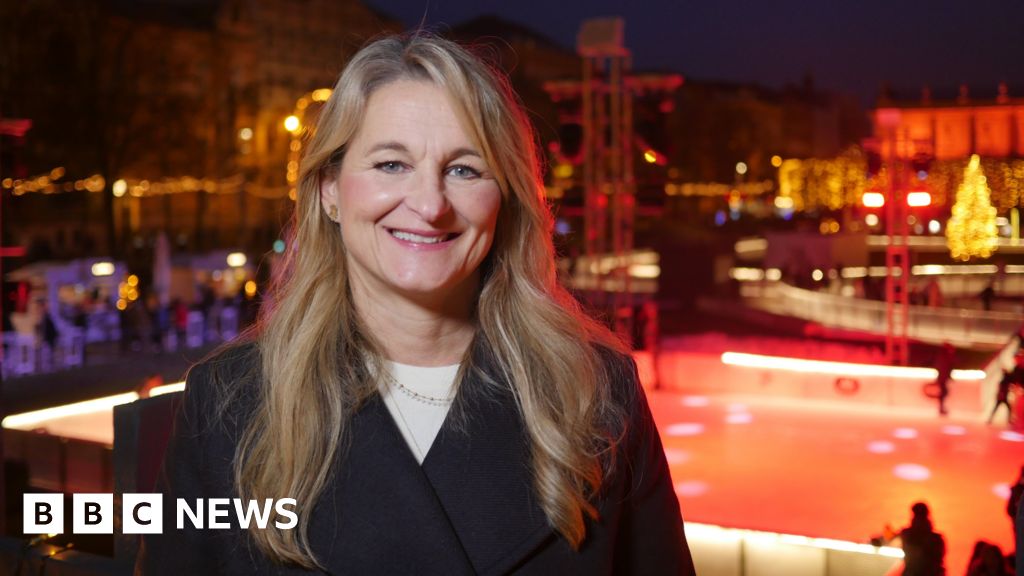

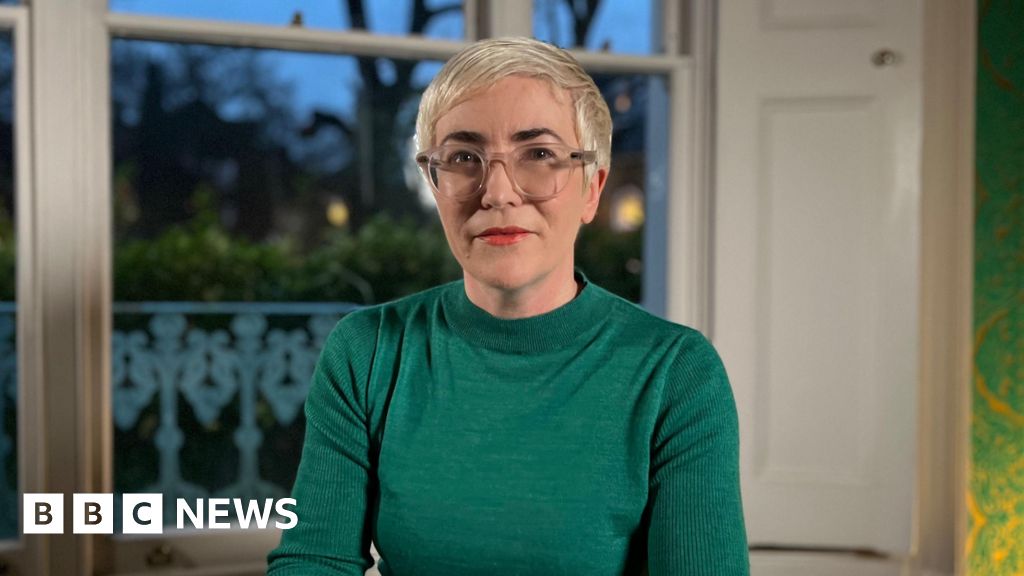

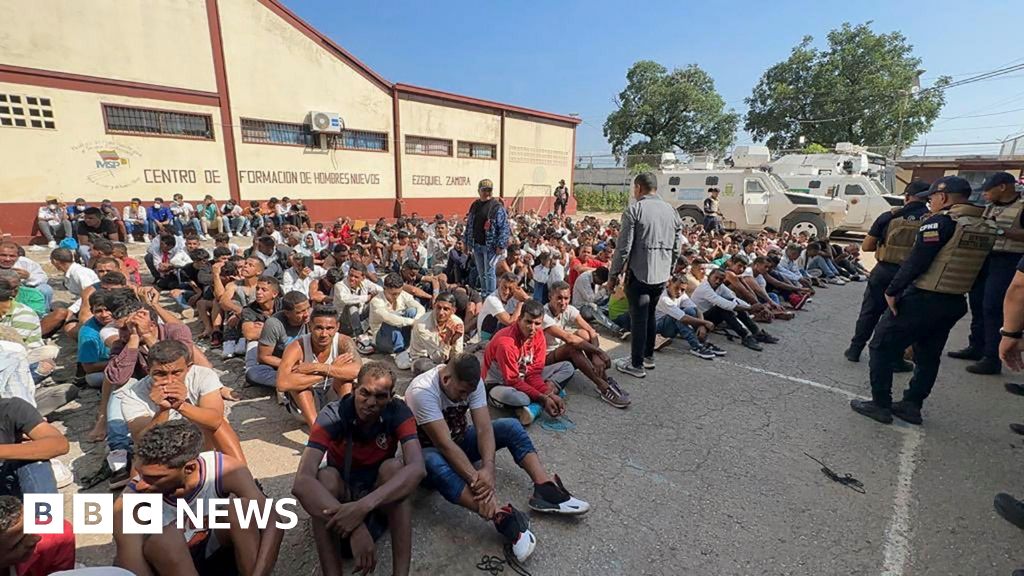

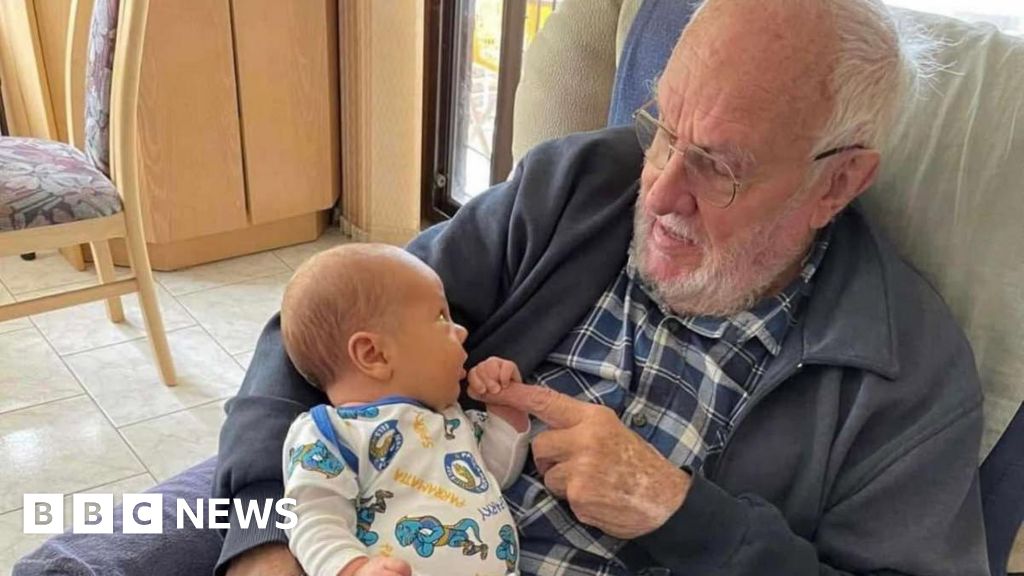

 English (US) ·
English (US) ·